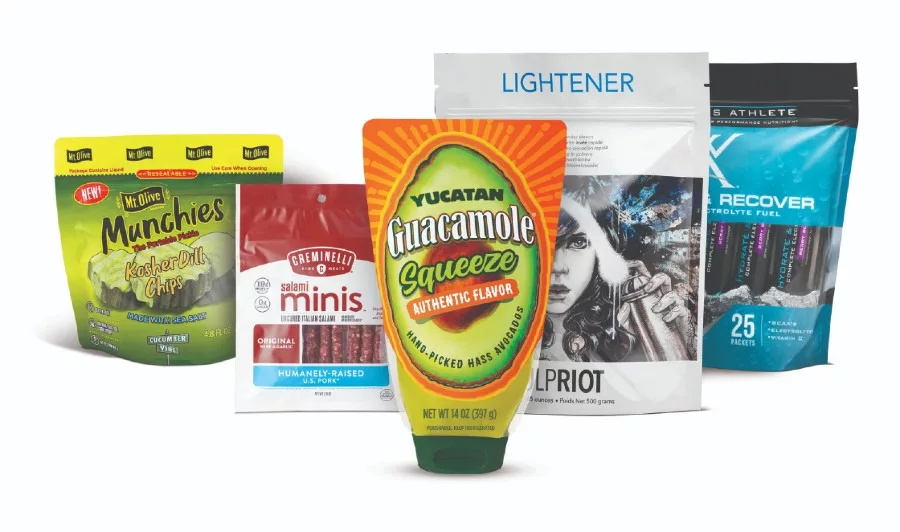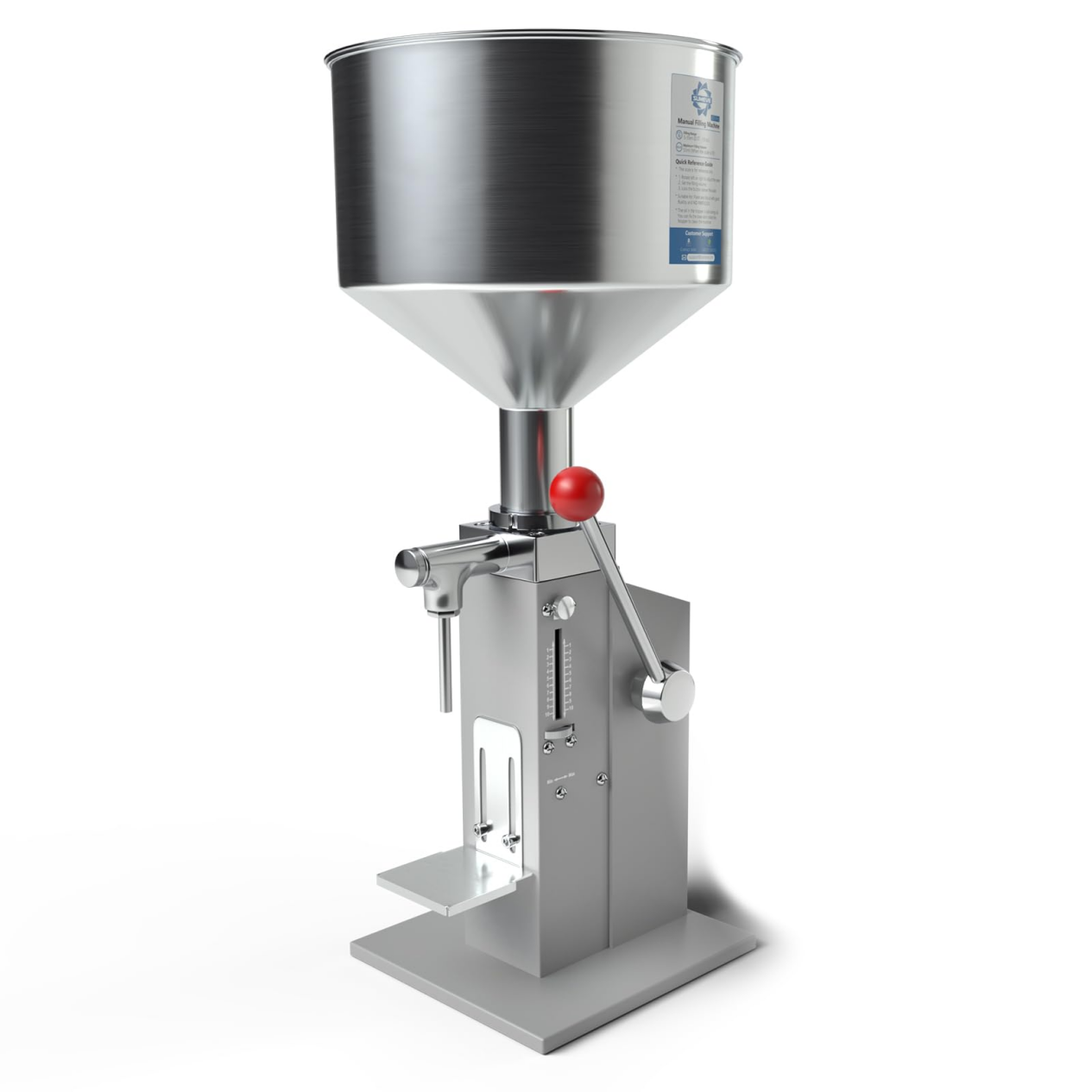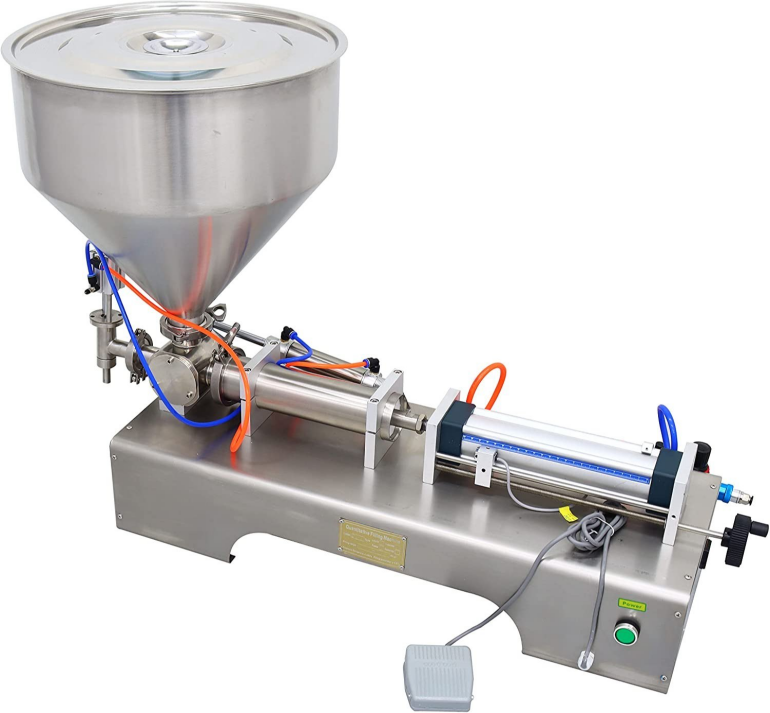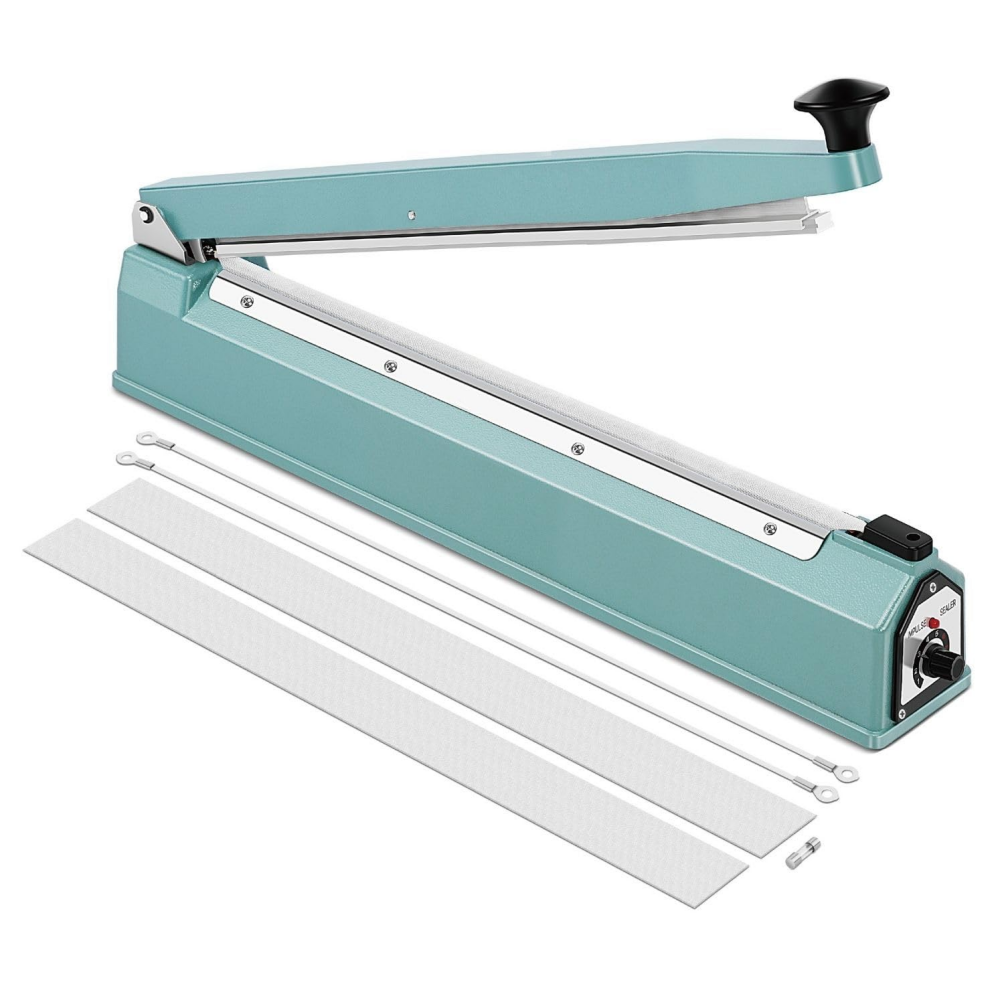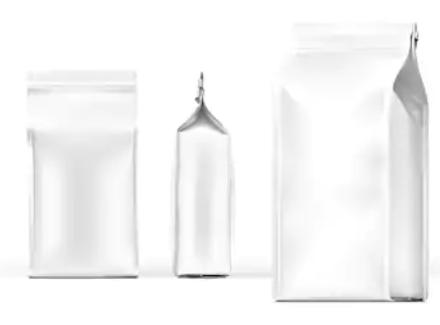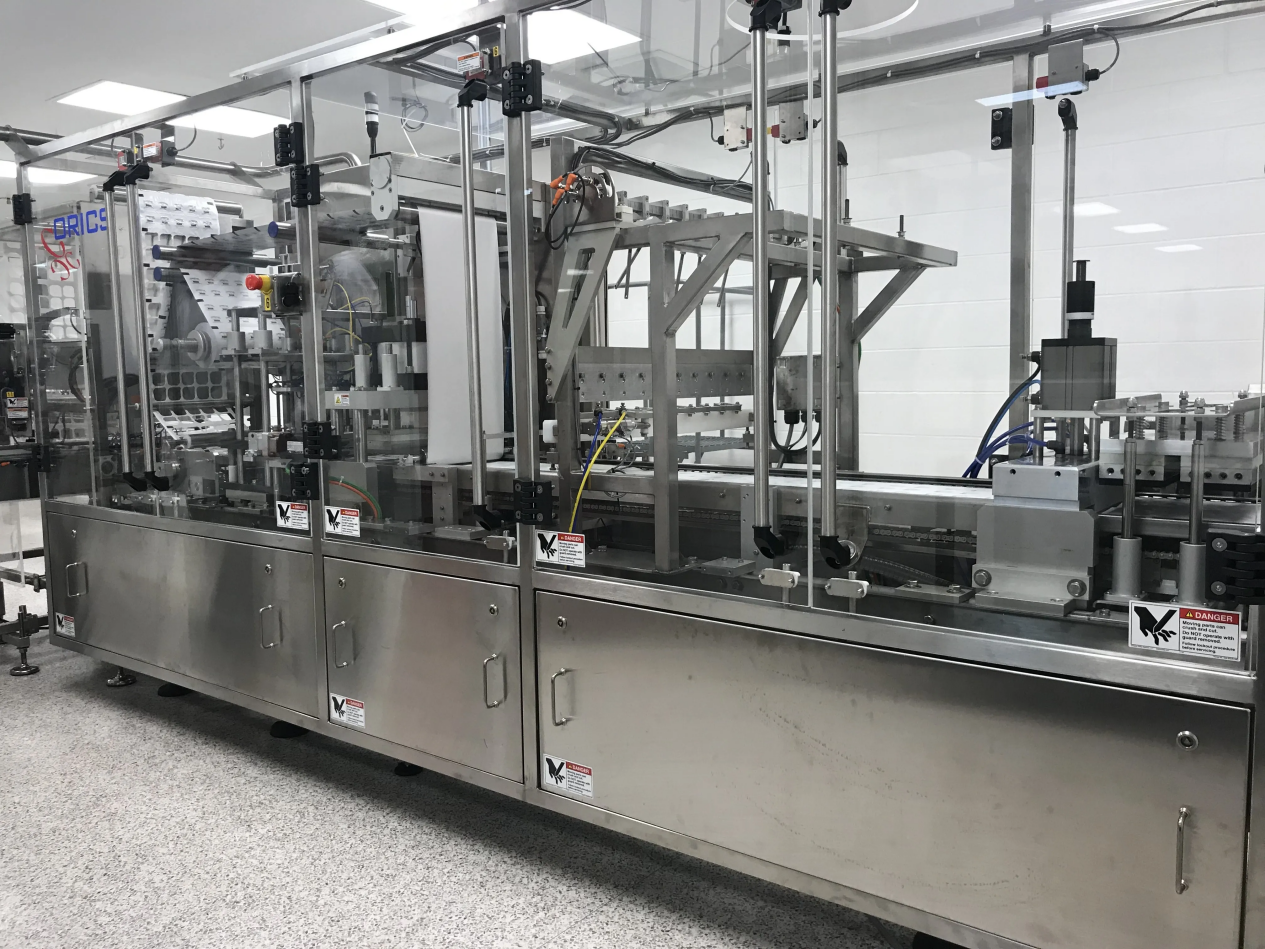How to Fill and Seal your Pouches: A Step-by-Step Guide
The application of flexible packaging technology has changed all business sectors dealing with food and beverages, coffee, and even pet food. Worldwide, pouches are some of the lowest-cost, eco-friendly, and most flexible forms of rapidly growing packaging. But with pouches, the correct filling and sealing technique is critical for determining how fresh, safe, and visually appealing a product is when it is delivered to the end consumer.
At MTPak Packaging, we work with companies across all sectors to design and manufacture bespoke pouches that not only pass the visual examination but also integrate perfectly with the filling and sealing equipment. And in this guide, we’re breaking down the entire pouch packaging process step by step, describing both manual and automated procedures, filling and sealing methods, and how innovative design integrates with it all.
What to Know Before Filling?
Before filling begins: understand pouch formats and how each format acts when filled.
• Stand-up pouches: Shape retention, stable base, fast and easy filling/product range across the board.
• Flat Bottom bags: High-end look with wide opening, used for coffee, tea, and premium snacks.
• Flat pouch: Which pack will save the most easily? Great for samples, spices and other one-time use applications.
Apart from the pouch type, think about what would go in there:
• Powders: Dust-resistant zippers and non-drag filling systems.
• Liquids: Require leak-cut barriers and accurate dispensing equipment.
• Solids: Pouches that offer puncture protection.
In short, the right pouch format, paired with material and closure features that match the product, will directly determine whether filling runs smoothly and waste is minimized.
Pouch Filling: Manual, Semi-Automatic, or Fully Automated?
Choosing the right filling method depends on your production scale and product type. Each approach—manual, semi-automatic, or fully automated—offers different advantages for cost, speed, and consistency.
Manual Filling
If you make fewer than 1000 pouches a week and carry diverse products with different fill works, filling is critical to achieving a consistent product. Used by start-ups or small roasters of coffee, tea, and seasoning.
| Pros | Cons |
|---|---|
| Low startup cost, no expensive equipment needed | Labor-intensive and time-consuming |
| Flexible for small runs and artisanal products | Less precise weight control, risk of inconsistency |
| Ideal for start-ups or testing new products | Not scalable for larger production volumes |
Semi-Automatic Filling – A Quicker Option
Ideal for in-between operations; half-manual, half-automatic machines. Operators set the pouch under a nozzle, and the machine dispenses the proper amount of product. Coffee roasters, for instance, use semi-automatic weigh-fillers so that each pouch has the same number of beans.
| Pros | Cons |
|---|---|
| Increases speed and accuracy compared to manual filling | Still requires operators to handle pouches |
| Good balance between cost and efficiency | Higher cost than manual filling |
| Flexible for different product types (powders, granules, beans) | Slower than fully automated systems |
Fully Automatic Filling – Best for Large Capacity
Pouch setup, product dosing, and sealing operations are fully automated in a single, continuous process. This can work well for medium to large food producers producing hundreds of pouches a day, depending on the application.
| Pros | Cons |
|---|---|
| Maximum efficiency with minimal human labor | High initial investment |
| Highly accurate and consistent dosing | Requires technical expertise and maintenance |
| Suitable for large-scale production and high volumes | Needs more space and infrastructure |
How to Seal Pouches Securely?
The packets will need to be sealed after they are filled to keep them fresh and sterile.
Heat Sealing
The predominant process involves laminating the layers of the pouch together under heat and pressure. Ideal for most films, including kraft laminates to recyclable mono-materials.
Impulse Sealing
Impulse sealing technology improves seal efficiency without heat-up time. It is best suited for thin films and small to medium operations.
Vacuum Sealing
Takes out air before sealing to preserve shelf life. Perfect for the cheese, meat, or specialty coffee connoisseur.
Advanced Resealable Options
Advanced resealable options such as zippers, sliders, and press-to-close seals improve convenience for consumers, while features like tear notches and spouts add further usability. At MTPAK Packaging, all pouches are designed with heat-sealable layers and can be fitted with optional resealable closures, ensuring compatibility with a wide range of sealing methods.
How Do All-in-One Systems Fill and Seal Pouches in One Step?
Form-fill-seal (FFS) systems are automated machines that create the pouch, fill it with dry or liquid products, and then seal it in one continuous process. These systems are particularly effective for medium to high-volume production runs, where speed, consistency, and accuracy are essential.
FFS systems can be classified into two categories:
Vertical Form Fill Seal (VFFS)
This system decomposes film rolls, makes them into pouches, vertical fills the contents and seal the pack. It works particularly well with powders, grains, coffee and many liquids as well – a versatile feeder for industries with different product types.
Horizontal Form Fill Seal (HFFS)
This technique processes prefabricated or on-line formed pouches horizontally. It is frequently used for convenience foods, frozen snacks, medications and other products that are hygienically packaged and easily dispensed in a portion controlled demand.
The advantages of such systems are not just speed. They deliver labor cost savings, waste reduction and controlled access protection against leaks and contaminants. For these reasons, pouch packaging suppliers trust FFS technology to deliver uniform, high-volume outcomes on a massive scale for the world’s top brands.
How Can Branding and Creative Packaging Enhance the Filling Process?
While filling and sealing require technical precision, they also offer an opportunity to express brand identity. Each finished pouch is not just a protective container but also an opportunity for storytelling and marketing to consumers.From the filling process itself, brands can introduce a variety of creative elements:
• Window Features: Shoppers can view the product directly this is a way of communicating transparency and establishes mutual trust in many cases.
• Premium Finishes: Matte, glossy or metallic laminates change the packaging from actual use value to high-grade.
• High-Definition Printing: This makes it perfect for brands to propagate their stories, display certifications and underline their attempts at sustainability with Strong focus on the visual image.
At MTPak Packaging, we combine mechanical accuracy with creative design. The pouches we produce are designed for smooth machine runs, resulting in advantages for efficiency in filling and sealing. We provide a range of finishes so as to be flexible also to adopt new mass-producible methods. Films that are recycle or bio degradable-based as well as solutions for striking print result-product packaging that not only preserves produce once safely shipped. But also catches eyes on crowded shelves and strengthens customer loyalty.
FAQs About Filling and Sealing Pouches
What is the best way to seal pouches at home?
A manual heat sealer that gets the job done in small quantities.
Are machines necessary to fill pouches?
For industrial purposes, semi-automatic or automatic systems are advised to save time and increase accuracy.
Are pouches resealable after they have been opened?
Yes. They can be reused by incorporating zippers, hook-and-loop fasteners, or sliders.
Conclusion: Filling and Sealing You Can Trust - Partner With the Experts
Filling and sealing constitute the last but by no means least significant part of the pouch packaging process. Manual or fully automatic, the process you select will affect how safe and long-lasting your products are, as well as your brand perception. With the right pouch format and proper sealing techniques, companies can offer a quality product that consumers will appreciate.
We cater to all shapes and sizes, whether you need small, medium, or large food pouches, liquid pouches for beverage bags, right through to 20L bucket bags. We use sustainable materials, high-quality printing, and provide compatibility across fill, seal, and pack systems to put brands at the forefront of packaging that protects products while building trust and loyalty.
Visit mtpak.com or email account@mtpak.com to order samples today and see how our custom pouch packaging can elevate your unique brand.

